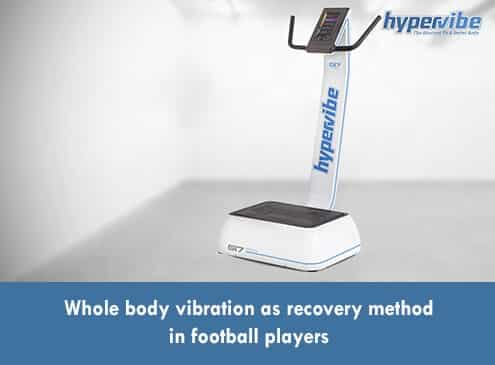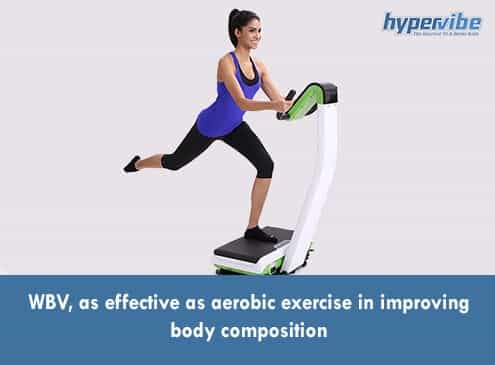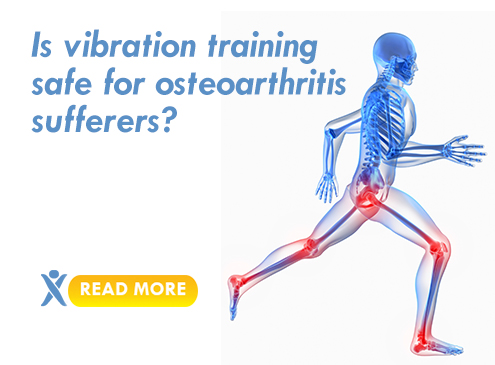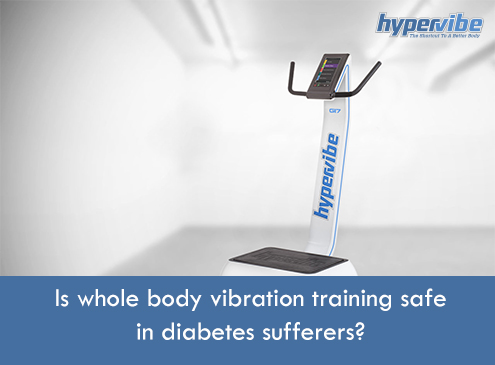Vibration Training: Effective for Age-Related Muscle Wasting
Age-related muscle wasting or sarcopenia as it is scientifically called is a process that occurs naturally, starting around the age of 30 and progressing faster after the age of 75.
Just like other tissues inside the human body, muscles are subject to degeneration, the loss of mass and function being accelerated by a sedentary lifestyle and an improper diet. Although sarcopenia can’t be completely avoided, one can minimize the muscle mass loss and delay the onset of this condition through a series of lifestyle changes.
Who gets sarcopenia and why
The muscle tissue starts forming during the intrauterine life and continues to develop and grow until the age of 30, getting stronger and larger with age. However, at some point during middle adulthood, the muscle size, force and power begins to decline and the regeneration capacity of the muscle fibers starts to decrease. All these changes, cumulated, increase the likelihood of falls and fractures and contribute to the occurrence of frailty in older adults.
While inactive 30-year-olds can lose between 3%-5% of their muscle mass per decade, after the age of 50 the loss is even more pronounced, with an annual lean mass decline rate of 1-2%. Muscle wasting accelerates after the age of 60, the prevalence of sarcopenia in 60-year-olds being 5-13%, while in those aged 70 and more this value increases to 11-50%.
Although sarcopenia is mostly seen in people who have a sedentary lifestyle, those who are physically active also develop this condition, and this suggests that it’s not only aging that triggers the loss of lean mass. In fact, researchers believe that the changes in hormone levels, mainly in the production of growth hormone, insulin-like growth factor and testosterone, along with the decrease in the body’s ability to synthesize protein contribute to the occurrence of sarcopenia.
An inadequate protein or calorie intake and the lack of physical activity may accelerate the process, and disease and environmental conditions may play a role as well. Muscle mass, as you know, is made of proteins; some of them are essential, meaning that the organism can’t produce them by itself and needs to take them from foods, and others are nonessential, those protein being built inside the body, from amino acids.
As we age, it’s not the ability to metabolize protein from food that decreases, but the ability to synthesize our own proteins (nonessential ones). The previously mentioned hormones influence the synthesis and use of protein inside the organism, a decline in the levels of growth hormone and testosterone meaning a reduction in the body’s ability to produce and maintain muscle mass.
Sarcopenia causes muscle weakness and loss of stamina, and can prevent one from getting active; the lack of physical activity can worsen the problem and speed up the decline, so it’s a vicious cycle that can only be interrupted by addressing the root cause of the problem.
Delaying sarcopenia with whole body vibration
Exercise is the first treatment for sarcopenia, as it increases muscle strength and endurance and contributes to the growth of muscle fibers.
People who are active and practice strength exercises regularly can put on lean mass easier, as workouts stimulate the production of hormones and protein synthesis. In as little as two weeks, a progressive resistance training program can increase the production of proteins inside the body; coupled with adequate nutrition, exercise can be a powerful tool against sarcopenia.
Research has shown that 12 weeks of resistance training, with 3 weekly sessions of 45 minutes of exercise can increase the percent of muscle fibers by 32%, and lead to an increase of 30% in muscle strength. It’s therefore not surprising that resistance training is still the preferred solution for age-related muscle loss, but the problem is that lots of people who are affected by muscle wasting find it difficult to perform conventional strength exercises.
For those whose muscles feel weak and who can’t perform exercises that place too much stress on bones, muscles or joints, whole body vibration workouts are an excellent alternative. A low-impact physical activity, vibration training can be practiced by people of all ages, studies showing that this form of training is safe and effective even in people with various physical limitations.
Vibration exercises require less effort from the subject and can be performed at home, the risk of injury being reduced. A great replacement for conventional exercise, WBV training has been shown to increase muscle strength, to improve balance and flexibility and to stimulate the production of feel-good hormones, all these being important for preventing or delaying sarcopenia.
Researchers at the University of California have showed that oxytocin, the bonding hormone, has the potential to prevent the loss of muscle mass and to promote the repair of damaged tissues, so any form of exercise that encourages the production of this hormone is useful for fighting against age-related muscle wasting.
Have something to add to this article? Comment below or join our Facebook community and share your thoughts with us!











